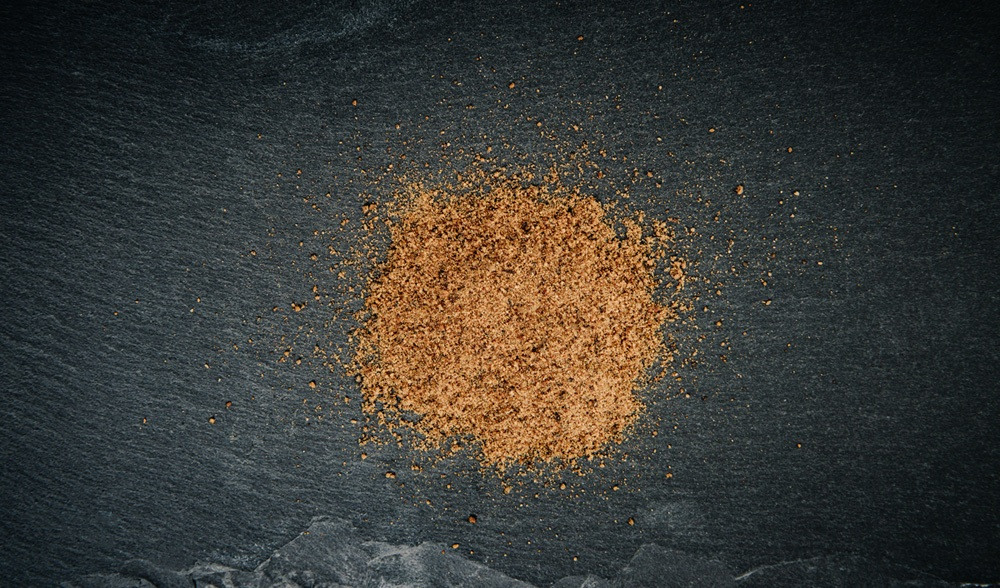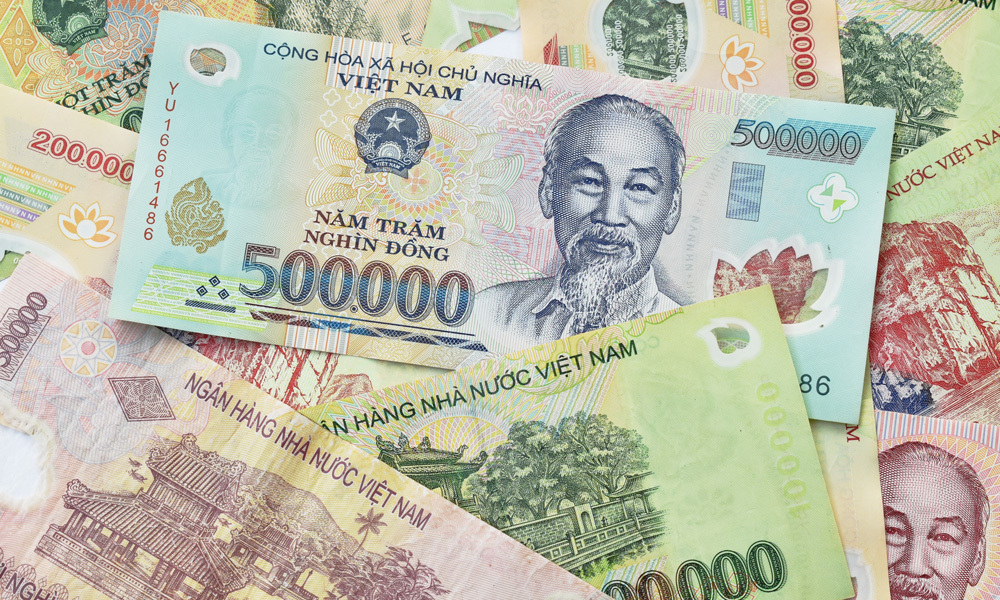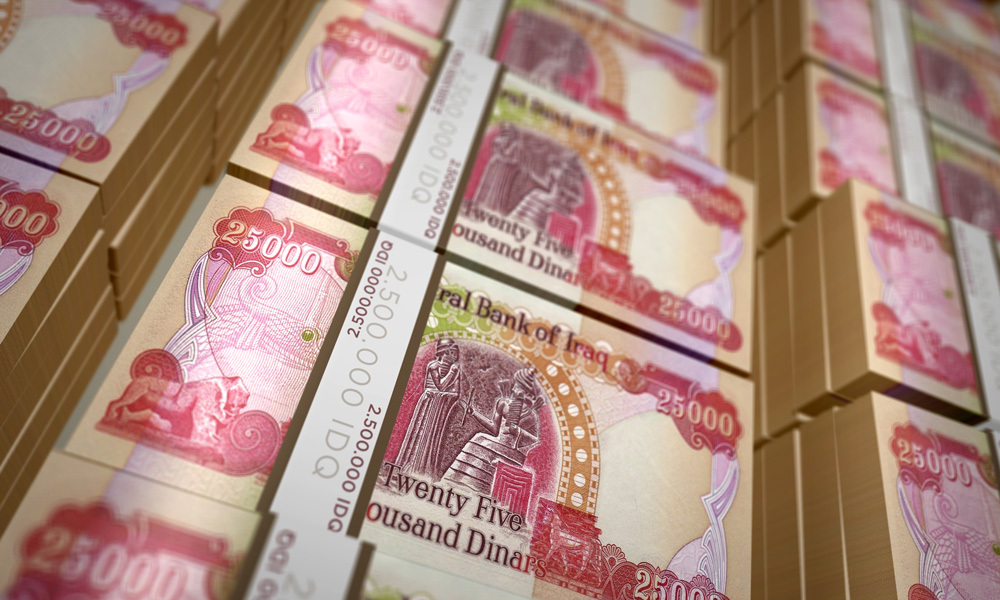Why is one coin, say a 1916 dime, relatively common and inexpensive while another of the same series is worth tens of thousands of dollars? It’s because within a given coin’s issue there can be variations, and those distinctions can greatly influence a coin’s rarity and value.
These variations result from changes in the coin’s die or mold during its production and can be deliberate or accidental.
Major Varieties
A series of coins, like the Winged Liberty or “Mercury” dime cited above, will normally have dates and mint marks that vary during its life cycle. There can also be changes in inscriptions, lettering, and design details. For coins such as the Lincoln cent, which has had a hundred-year run, his leads to a huge number of varieties, from the early “Wheaties” and “VDB” designs to the Union Shield design in use today.
These changes can result in rarities that command extraordinarily high prices. In the case of the 1916 dime, a simple production decision by the Mint created one of the rarest of all modern dimes, the 1916-D. First, the dime didn’t go into production until late that year (October) resulting in a low total mintage. Then a huge order for quarters caused production at the Denver Mint to concentrate on those coins until the order was filled, delaying dime production there even more. As a result, only around 264,000 1916-D dimes were made. Many of those were melted down in the 70s and 80s due to their 90% silver content. Today, only about ten 1916-D dimes are known to survive in MS65 condition or better and are valued at $30,000 as compared to a 1913 Philadelphia coin in the same condition, which can be had for under $2,000.
Minor Varieties
Minor varieties result from die variations like breaks or wear that are noticeable on the coins. Unlike Mistake Coins, these were allowed to enter circulation. Some are more common than others and, like major varieties, have a wide range of collectability and value.
Eureka Moments
Sometimes a variation goes unnoticed until a collector finds it. These are called Discovery Pieces and can be quite rare and valuable once authenticated by the Mint and private grading services.
Eagle-eyed collectors are constantly on the lookout for discoveries and have led to numerous finds in recent coins like the 50 States Quarters with their large number of designs during their ten-year run.
Collecting Variety Coins
Some collectors specialize in variety coins of a specific series. Others start broader collections by starting with more affordable varieties and upgrading to rarer ones as their budget allows.
Either way, the vast number of variations in coinage adds an element of excitement to collecting and spices up the quest for probing the intricacies of a fascinating pastime.
Why is one coin, say a 1916 dime, relatively common and inexpensive while another of the same series is worth tens of thousands of dollars? It’s because within a given coin’s issue there can be variations, and those distinctions can greatly influence a coin’s rarity and value.
These variations result from changes in the coin’s die or mold during its production and can be deliberate or accidental.
Major Varieties
A series of coins, like the Winged Liberty or “Mercury” dime cited above, will normally have dates and mint marks that vary during its life cycle. There can also be changes in inscriptions, lettering, and design details. For coins such as the Lincoln cent, which has had a hundred-year run, his leads to a huge number of varieties, from the early “Wheaties” and “VDB” designs to the Union Shield design in use today.
These changes can result in rarities that command extraordinarily high prices. In the case of the 1916 dime, a simple production decision by the Mint created one of the rarest of all modern dimes, the 1916-D. First, the dime didn’t go into production until late that year (October) resulting in a low total mintage. Then a huge order for quarters caused production at the Denver Mint to concentrate on those coins until the order was filled, delaying dime production there even more. As a result, only around 264,000 1916-D dimes were made. Many of those were melted down in the 70s and 80s due to their 90% silver content. Today, only about ten 1916-D dimes are known to survive in MS65 condition or better and are valued at $30,000 as compared to a 1913 Philadelphia coin in the same condition, which can be had for under $2,000.
Minor Varieties
Minor varieties result from die variations like breaks or wear that are noticeable on the coins. Unlike Mistake Coins, these were allowed to enter circulation. Some are more common than others and, like major varieties, have a wide range of collectability and value.
Eureka Moments
Sometimes a variation goes unnoticed until a collector finds it. These are called Discovery Pieces and can be quite rare and valuable once authenticated by the Mint and private grading services.
Eagle-eyed collectors are constantly on the lookout for discoveries and have led to numerous finds in recent coins like the 50 States Quarters with their large number of designs during their ten-year run.
Collecting Variety Coins
Some collectors specialize in variety coins of a specific series. Others start broader collections by starting with more affordable varieties and upgrading to rarer ones as their budget allows.
Either way, the vast number of variations in coinage adds an element of excitement to collecting and spices up the quest for probing the intricacies of a fascinating pastime.



